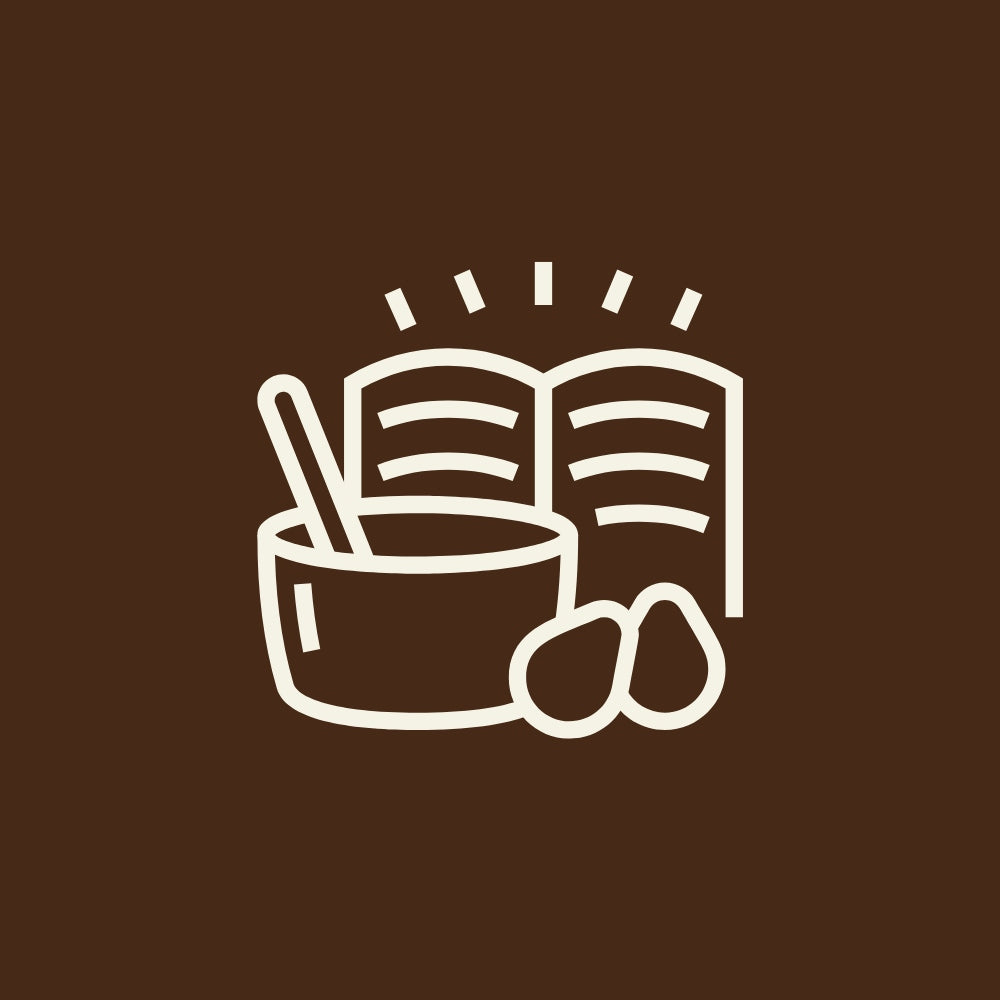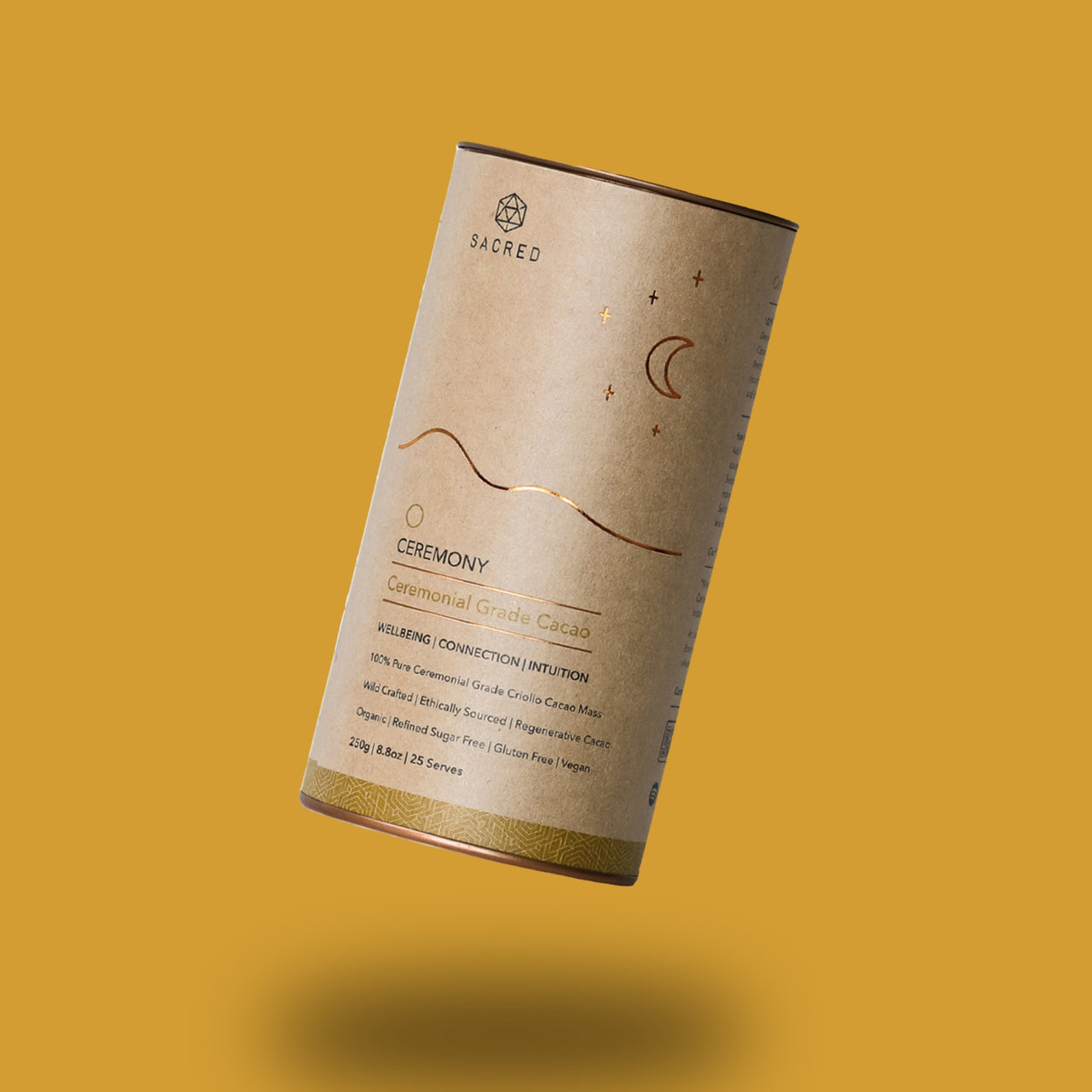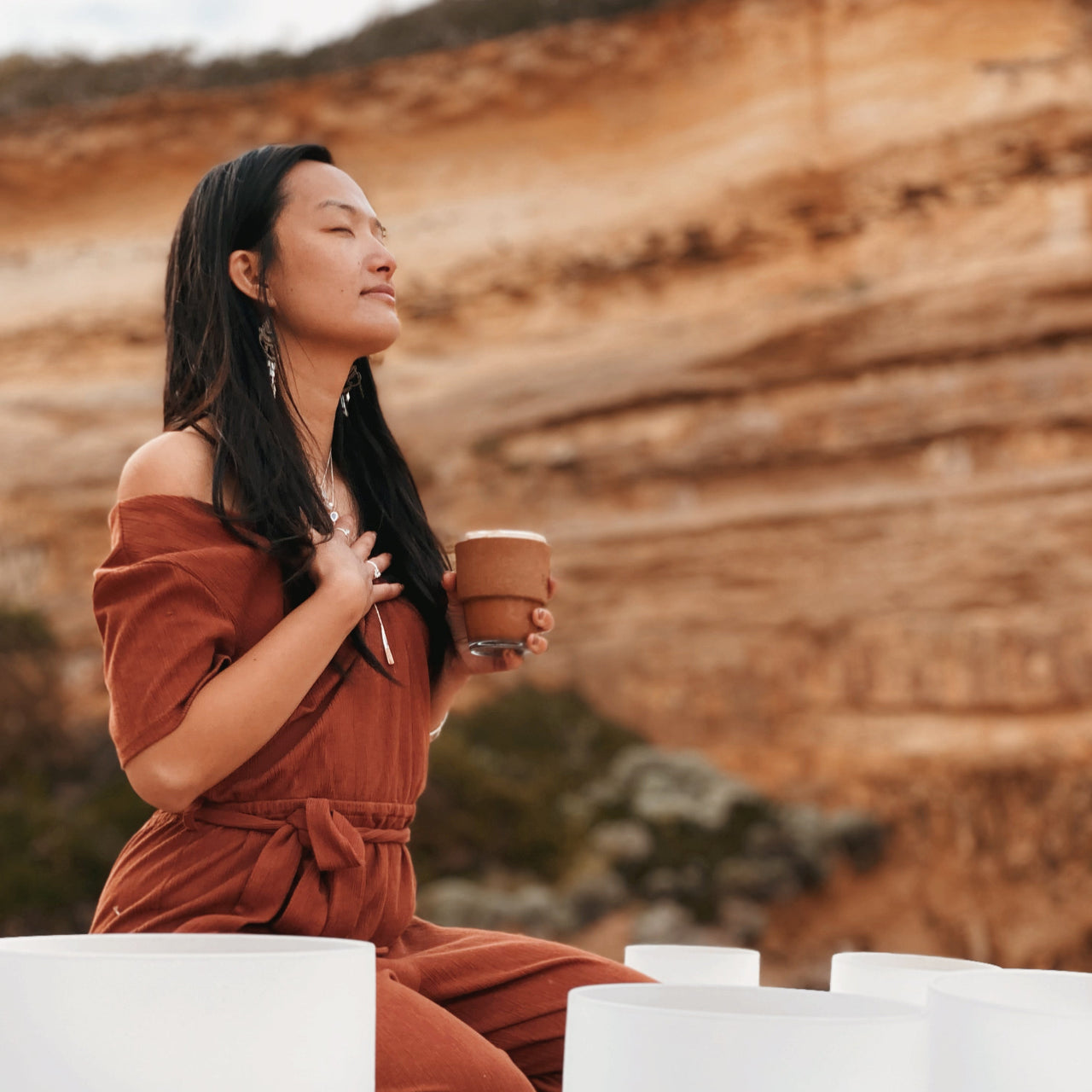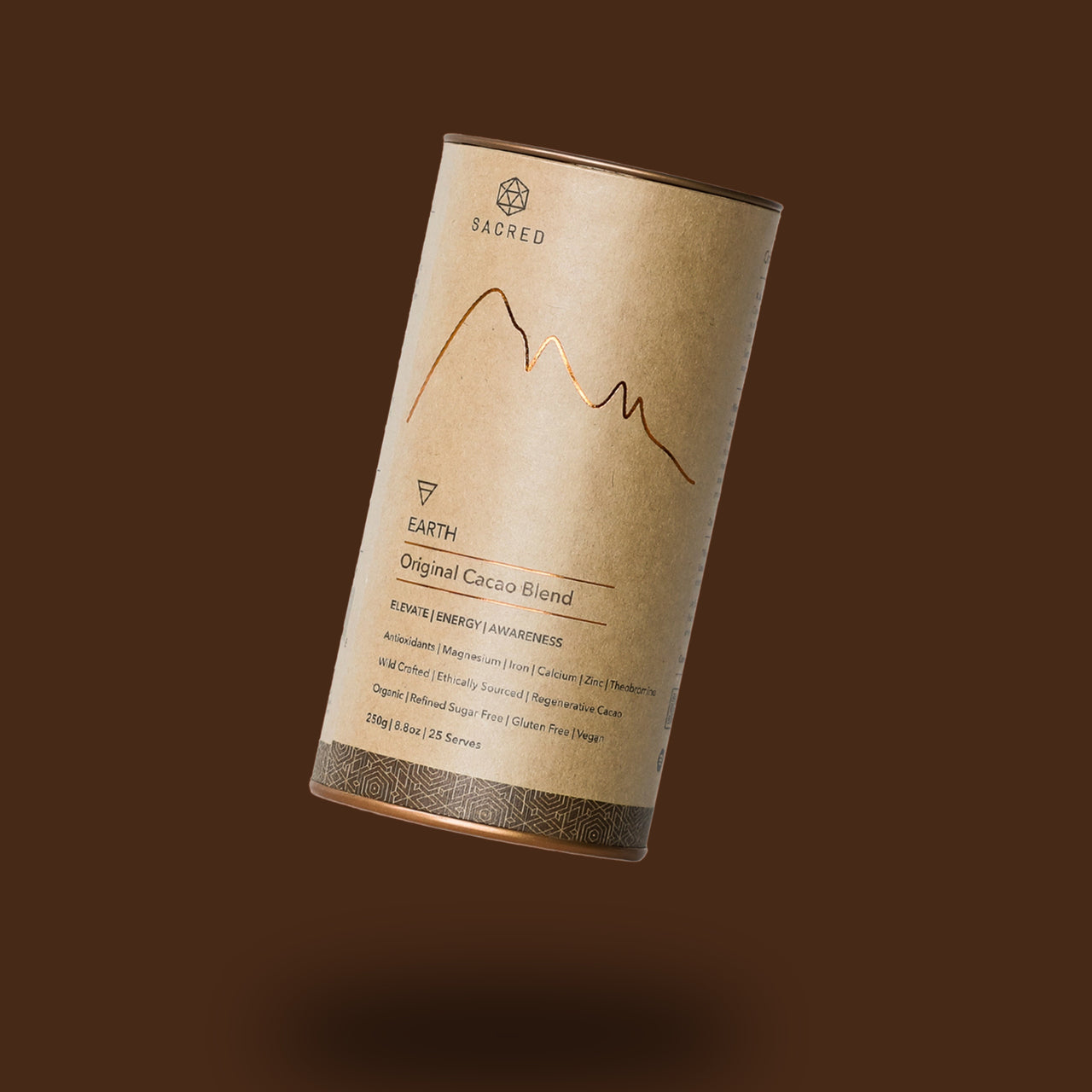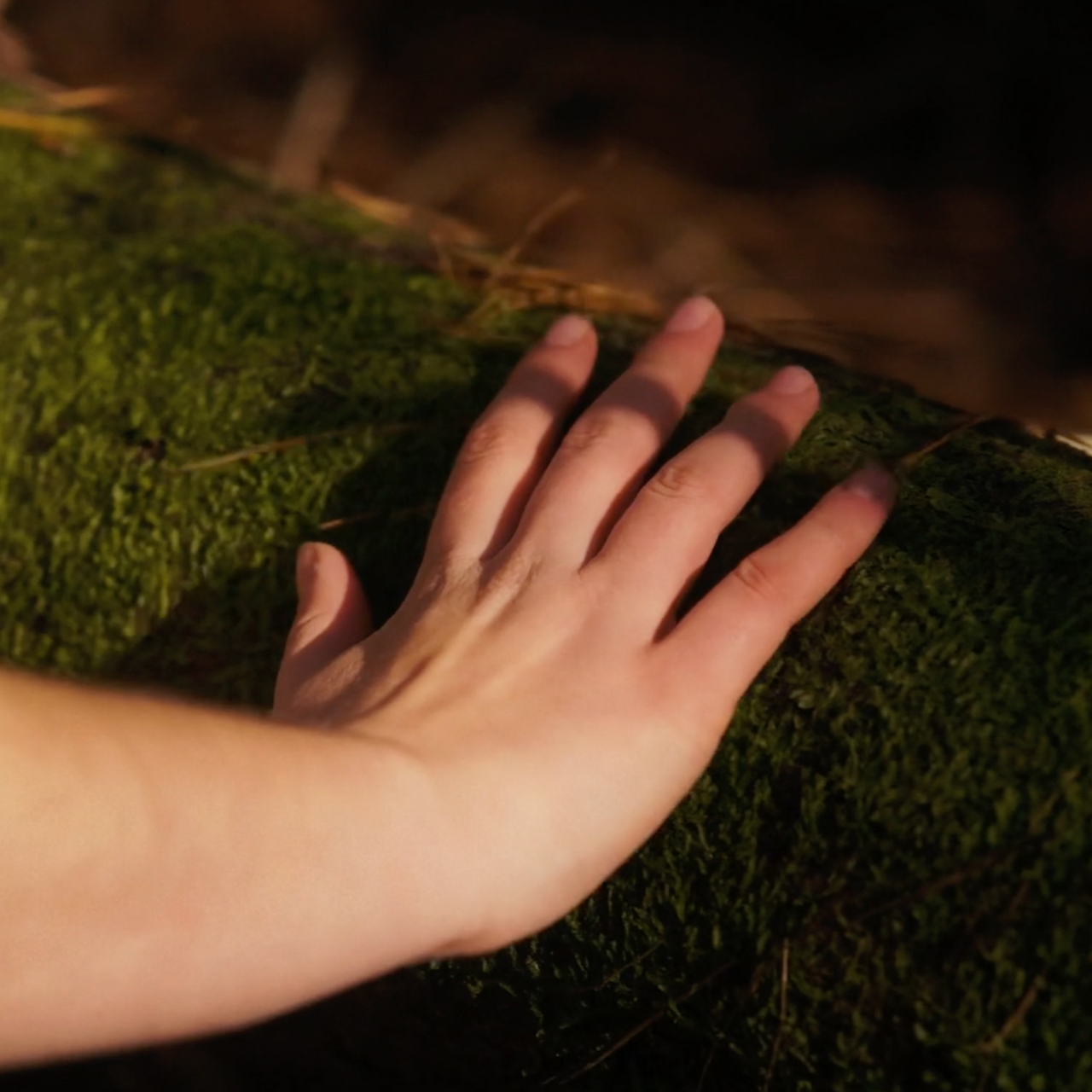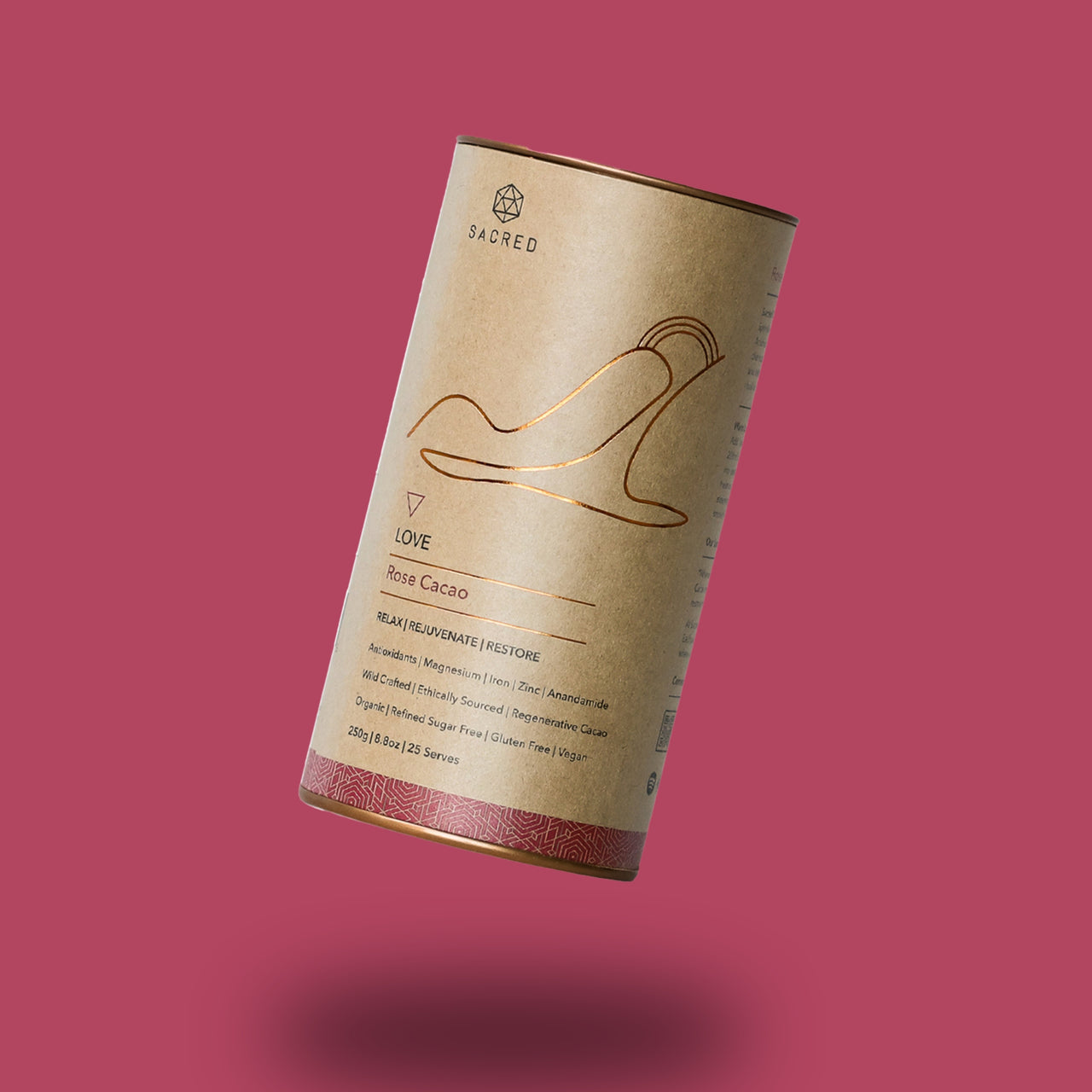If you’ve ever sipped on a rich, velvety cup of Sacred Cacao and wondered where it all began - you’re not alone. Cacao has been used for centuries as both a nourishing food and a sacred plant medicine. But what exactly is cacao, and what makes it so powerful?
Let’s explore the origin, benefits, and beauty of this ancient superfood.
Cacao vs. Cocoa: What’s the Difference?
First things first: cacao and cocoa are not the same thing.
Cacao refers to the raw, unprocessed form of the cacao bean, sourced directly from the Theobroma cacao tree. It’s minimally processed at low temperatures to preserve its natural nutrients, antioxidants, and medicinal properties.
Cocoa, on the other hand, is highly processed and often combined with sugar, dairy, and additives - the form most commonly found in commercial chocolate bars.
At Sacred Taste, we use ceremonial-grade cacao, which is a high-integrity form of cacao known for its purity, potency, and connection to Indigenous traditions.
A Sacred Plant with Ancient Roots
Cacao has been revered for thousands of years by Indigenous cultures across Central and South America. The Mayans called it the “Food of the Gods,” and used it in ceremony, ritual, and celebration. The Aztecs traded cacao beans as currency, believing it to be a divine gift.
But cacao wasn’t just used for its flavour, it was treasured for its heart-opening, mood-enhancing, and spiritually connecting properties. These traditions are still honoured today through cacao ceremonies around the world.

The Health Benefits of Cacao
Cacao isn’t just soul food — it’s body food too. This superfood is rich in:
- Magnesium – Supports relaxation, muscle recovery, and nervous system balance.
- Theobromine – A natural, gentle stimulant that boosts mood and energy without the crash of caffeine.
- Antioxidants – Protect cells, reduce inflammation, and support radiant skin and immune function.
- Iron & Zinc – Vital minerals for energy, focus, and immunity.
- Anandamide & PEA – Known as the "bliss molecules," they elevate mood and create feelings of joy and connection.
How to Enjoy Cacao
You can enjoy cacao in many ways - but not all cacao is created equal. At Sacred Taste, we hand-blend premium, ethically sourced cacao with superfood ingredients to create a nourishing and intentional experience in every cup.
Each of our blends, from Fire Chilli to Love Rose, Vitality Matcha Mint, Earth Original, and Ceremony, is crafted with purpose, offering a unique energetic and emotional effect.
Whether you start your morning with vitality or wind down in the evening with grounding love, there’s a Sacred Cacao for every mood and moment.
Why Sacred Cacao?
We believe cacao is more than a drink. It’s a return to ritual. A moment of connection - to yourself, to the Earth, and to something greater.
Our cacao is:
- Ceremonial-grade
- Vegan and Gluten-Free
- Refined Sugar-Free
- Ethically sourced from the Ashaninka tribes in the Amazon
- Hand-blended in Australia
Every sip supports Indigenous communities, protects rainforest lands, and nourishes your body, mind, and spirit.

What Is Cacao? More Than a Superfood
Cacao is ancient, sacred, and alive. It's a bridge between worlds, the physical and the spiritual, the modern and the ancestral.
Whether you're here for the health benefits, the flavour, or the heart-opening magic, cacao invites you to slow down and sip with intention.
Ready to begin your journey?







